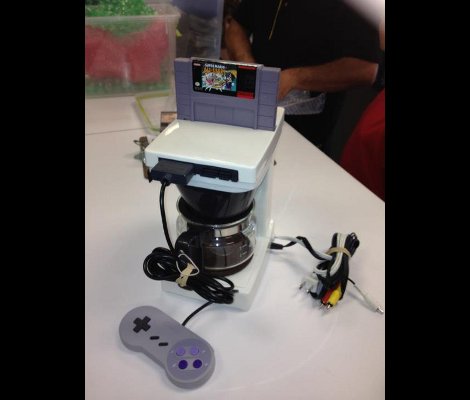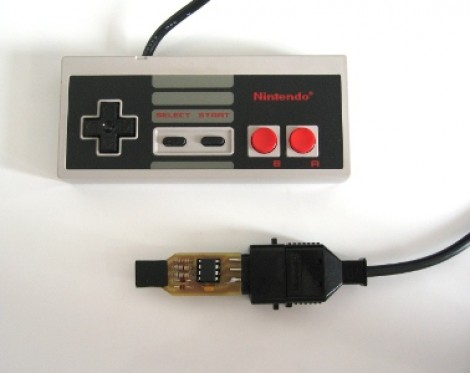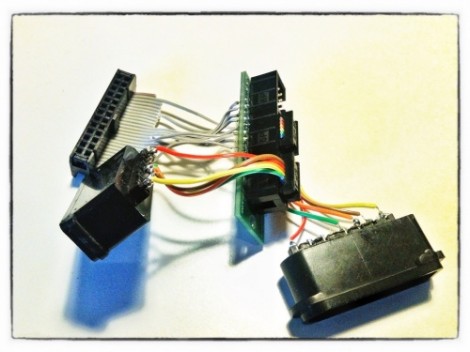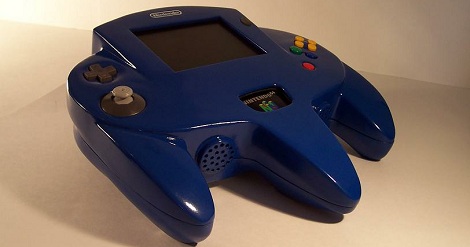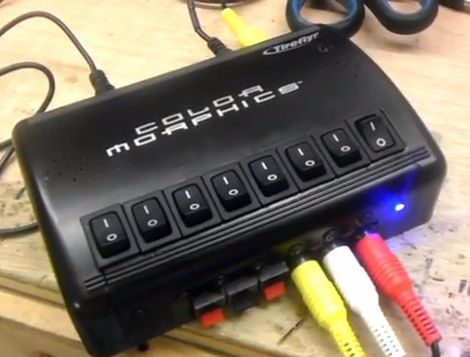
It seems like [Chris Downing] is always up to something new. If he’s not keeping busy by creating slick portable iterations of previous-gen gaming consoles, he is dreaming up ways to make his modding life a bit easier.
Recently while working on a Nintendo controller designed to control three different consoles, [Downing] found his desk buried in a pile of power supply and A/V cabling. Annoyed with his growing rat’s nest, he decided to build a universal power supply that would allow him to quickly switch between consoles with little effort.
He dug up an old PC power supply, and fed it into a LED control box built for cars. [Downing] then mounted an array of nine rocker switches on the box, adding A/V inputs and outputs along the way. A set of voltage regulators hidden inside allow [Downing] to dial in whatever custom voltages he might need at the moment.
The test box should come in pretty handy as [Downing] pursues even more modding projects in the months to come. In the meantime, be sure to check out the video below where he covers the finer points of the device’s design.
Continue reading “Dual-channel, Variable Voltage Test Box Is A Busy Console Modder’s Dream”


